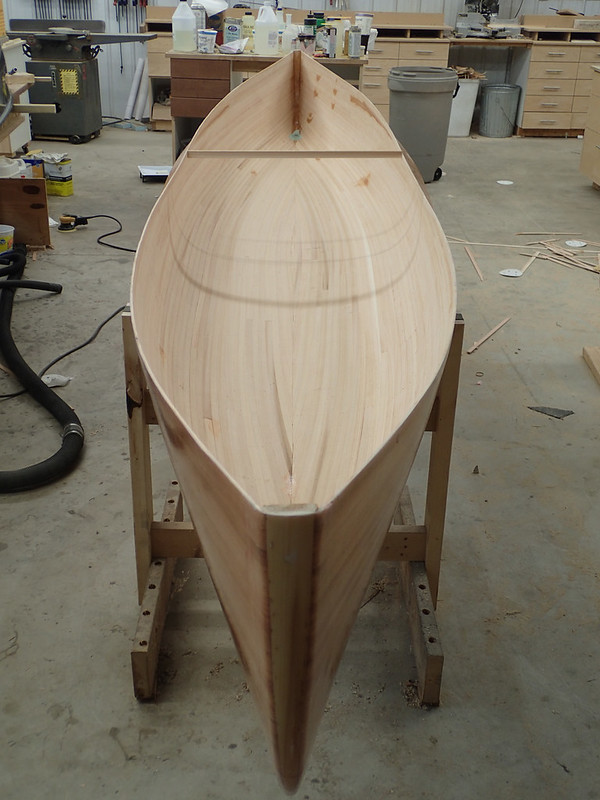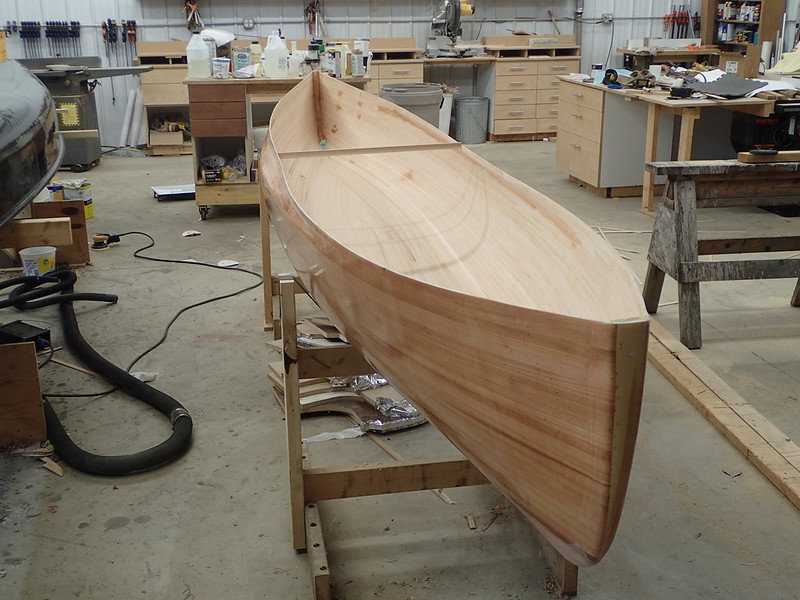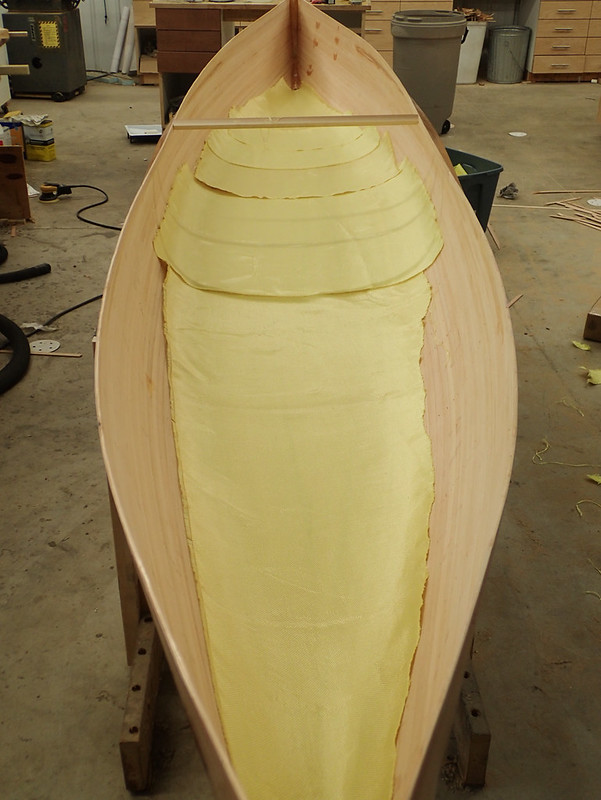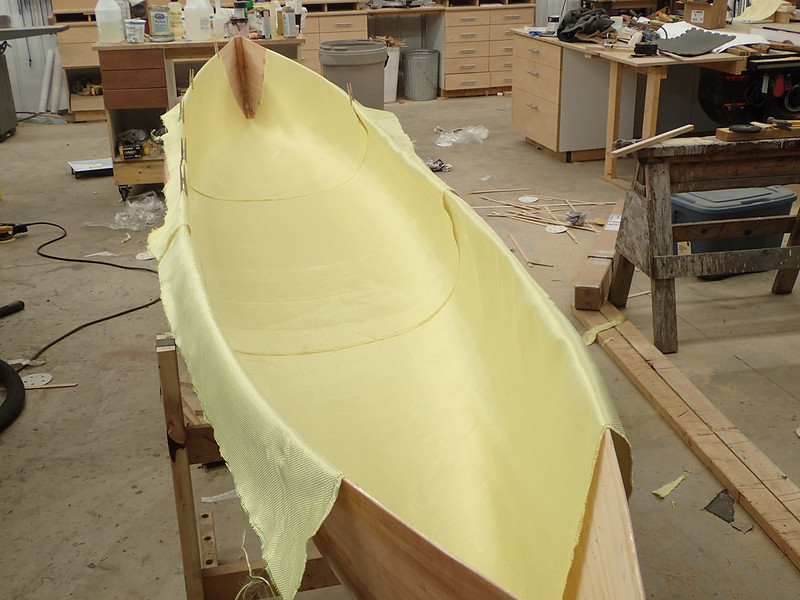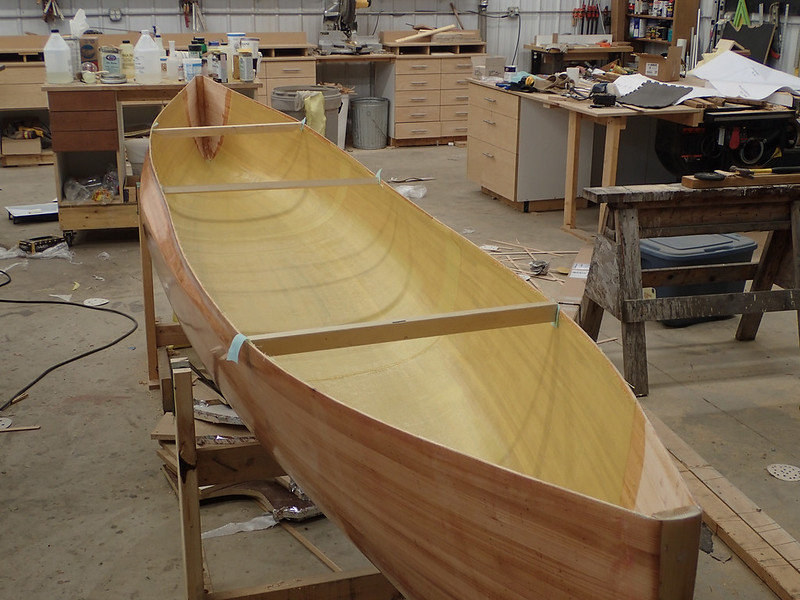You know me ! A couple of questions ! OK 4 !
Seal coat ?
S-glass OVER the E-glass ?
Peel Ply ? I'm guessing by the photo, you at least peel plied the edge of the Dynel .
What resin did you use for this build, so far ?
Looks great !
Some day I'm going to set my strongback on a scale. So while I build, I can see Where all the weight comes from !
Jim
Seal coat ?
S-glass OVER the E-glass ?
Peel Ply ? I'm guessing by the photo, you at least peel plied the edge of the Dynel .
What resin did you use for this build, so far ?
Looks great !
Some day I'm going to set my strongback on a scale. So while I build, I can see Where all the weight comes from !
Jim

